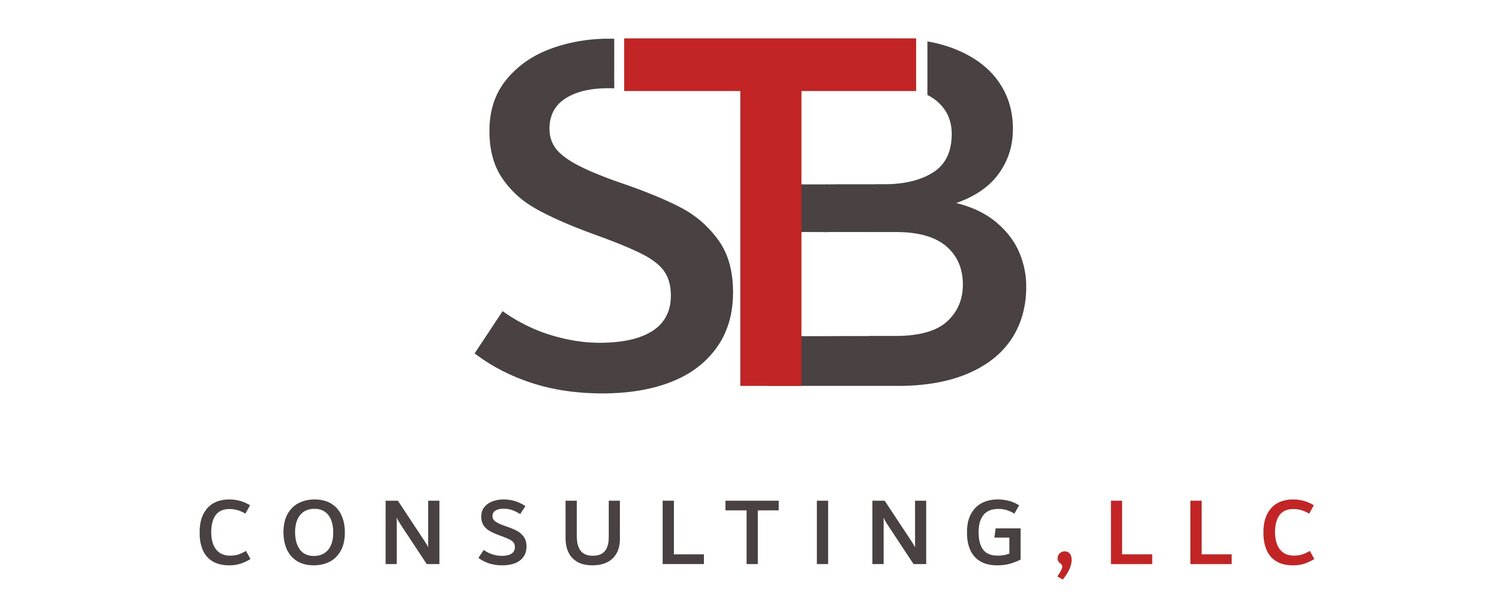What It Takes to Build a Sustainable Organization
For leaders dedicated to creating lasting impact—whether in nonprofits, the public sector, philanthropy, or mission-driven corporate initiatives—sustainability is more than just financial viability. A sustainable organization is one that is built to adapt, grow, and achieve its mission over the long term.
But what does that look like in practice? While every organization is unique, truly sustainable organizations tend to have a few key elements in place. These foundational components ensure that an organization isn’t just surviving year to year but is positioned for long-term impact.
If you’re assessing your own organization, consider these six essential elements:
1. A Clear and Actionable Strategic Plan
A well-defined 3–5 year strategic plan serves as the organization’s roadmap. This plan should:
Clearly articulate the vision, mission, values, goals, and measurable objectives that drive the organization.
Identify strategic initiatives that align with long-term goals.
Be rooted in stakeholder input—including board members, leadership, staff, the community served, and funders.
Reflect an understanding of both the internal and external landscape, including potential barriers and risks.
Be board-approved and widely communicated, ensuring all key stakeholders understand how their work contributes to the organization’s mission.
A strategic plan is only useful if it’s actively guiding decision-making at all levels. It should be a living document, referenced frequently, not something that sits on a shelf.
2. A Defined Approach to Strategy Execution
Having a strategy is one thing—executing it effectively is another. Sustainable organizations have:
A cadence for tracking progress, whether through quarterly strategy reviews or leadership meetings focused on execution.
A method for course correction, allowing the organization to pivot when needed.
A plan for communicating progress to internal and external stakeholders, ensuring transparency and accountability.
Without these mechanisms, even the best strategic plan will fall flat. Execution must be intentional, structured, and embedded in the organization’s culture.
3. Strong Leadership Alignment
Misalignment at the leadership level can create confusion, inefficiencies, and missed opportunities. In a sustainable organization:
Department leaders understand each other’s goals and initiatives and work together effectively.
Leadership operates as a collaborative team rather than working in silos.
Leaders are aligned not just on high-level strategy but also on how the organization operates day to day.
A well-aligned leadership team creates clarity, improves decision-making, and fosters a culture of teamwork and accountability.
4. Portfolio and Project Management Practices
Every organization juggles multiple programs, initiatives, and operational efforts. Without clear portfolio and project management practices, things can quickly become chaotic. A sustainable organization ensures:
Visibility into key programs and projects so that leadership knows what’s underway.
A defined process for initiating and managing work, ensuring that projects align with strategy and have the necessary resources.
Regular reporting and escalation processes, allowing for informed decision-making and timely problem-solving.
Best practices for meeting management, ensuring that time is used effectively.
Clear communication of project dependencies, preventing bottlenecks and misalignment.
Proper project closure and documentation, including lessons learned to improve efficiency for future projects.
Organizations that lack these structures often find themselves in reaction mode, struggling to keep up rather than moving forward with intention.
5. Documented and Followed Key Processes
Not every process needs to be standardized, but some should be. Sustainable organizations know which processes are essential and ensure that:
Repeated tasks are documented, preventing knowledge from living only in people’s heads.
Processes are streamlined and efficient, rather than creating unnecessary bureaucracy.
New staff and leaders can quickly onboard and contribute, rather than spending excessive time figuring things out from scratch.
When key processes are clearly defined, organizations become more resilient. Transitions are smoother, efficiency improves, and staff time is used more effectively.
6. A Decision-Making Framework and Clear Roles
A sustainable organization doesn’t leave decision-making to chance. Instead, it:
Has a clear model for how decisions are made at different levels.
Documents who is responsible for key decisions (specific roles and names).
Defines roles and responsibilities for projects, ensuring that everyone knows who is accountable for what.
When decision-making is unclear, it leads to delays, frustration, and inefficiencies. But when people understand their roles and how decisions are made, things move forward more effectively.
Is Your Organization Built for Sustainability?
These six elements aren’t the only ingredients for a sustainable organization, but they provide a strong foundation.
As a leader, reflect on your own organization:
✅ Does your strategic plan truly guide your decisions?
✅ Do you have a structured approach for executing and adjusting strategy?
✅ Are your leaders aligned and working together effectively?
✅ Do you have visibility into key projects and initiatives?
✅ Are key processes documented to ensure consistency and efficiency?
✅ Is there clarity around decision-making and roles?
If you see gaps in any of these areas, don’t be discouraged—every organization is a work in progress. The key is to start where you are and take intentional steps to strengthen these foundational elements.
What would you add to this list? Where does your organization fall in these areas? Let’s continue the conversation.
